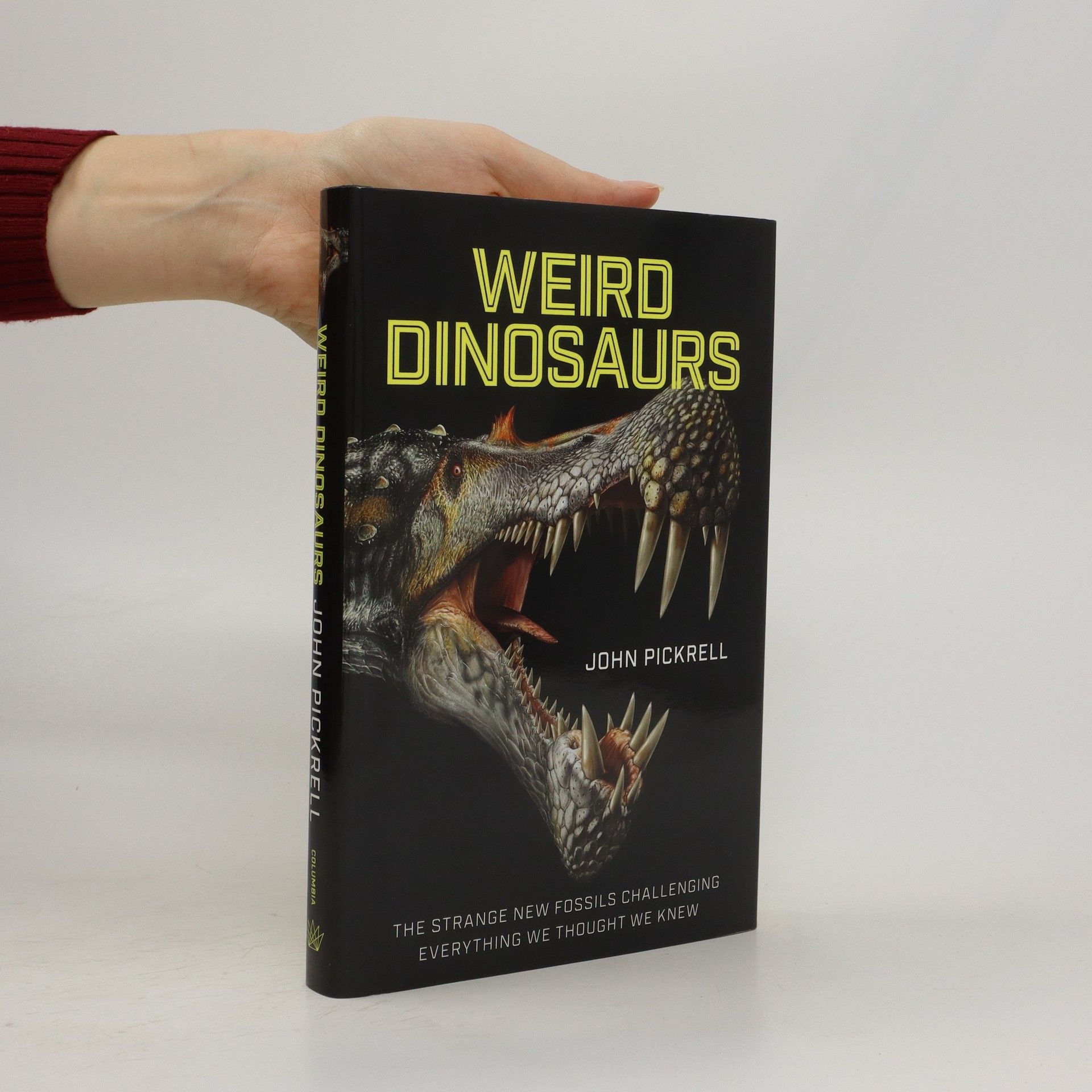Award-winning science writer John Pickrell investigates the effects of the 2019-2020 bushfires on Australian wildlife and ecosystems. Journeying across the firegrounds, Pickrell explores the stories of creatures that escaped the flames, the wildlife workers who rescued them, and those on the front line of the climate catastrophe.
John Pickrell Bücher
John Pickrell ist ein preisgekrönter Journalist und Herausgeber des Australian Geographic Magazins. Seine Schriften tauchen in die natürliche Welt ein, gekennzeichnet durch sorgfältige Recherche und fesselndes Storytelling. Durch seine Beiträge zu führenden globalen Publikationen beleuchtet Pickrell die Feinheiten der Natur und betont ihre Zerbrechlichkeit und Schönheit. Seine Arbeit zielt darauf ab, die Wertschätzung für Wissenschaft und Naturschutz bei den Lesern zu fördern.


Weird Dinosaurs
- 242 Seiten
- 9 Lesestunden
From the outback of Australia to the Gobi Desert of Mongolia and the savanna of Madagascar, award-winning science writer and dinosaur enthusiast John Pickrell embarks on a world tour of new finds, meeting the fossil hunters working at the frontier of discovery. He reveals the dwarf dinosaurs unearthed by an eccentric Transylvanian baron; an aquatic, crocodile-snouted carnivore bigger than T. Rex, which once lurked in North African waterways; a Chinese dinosaur with wings like a bat; and a Patagonian sauropod so enormous it weighed more than two commercial jet airliners. Other surprising discoveries hail from Alaska, Siberia, Canada, Burma, and South Africa. Why did dinosaurs grow so huge? How did they spread across the world? Did they all have feathers? What do sauropods have in common with 1950s vacuum cleaners? The stuff of adventure movies and scientific revolutions, Weird Dinosaurs examines the latest breakthroughs and new technologies radically transforming our understanding of the distant past. Pickrell opens a vivid portal to a brand new age of fossil discovery, in which fossil hunters are routinely redefining what we know and how we think about prehistory's most iconic and fascinating creatures.